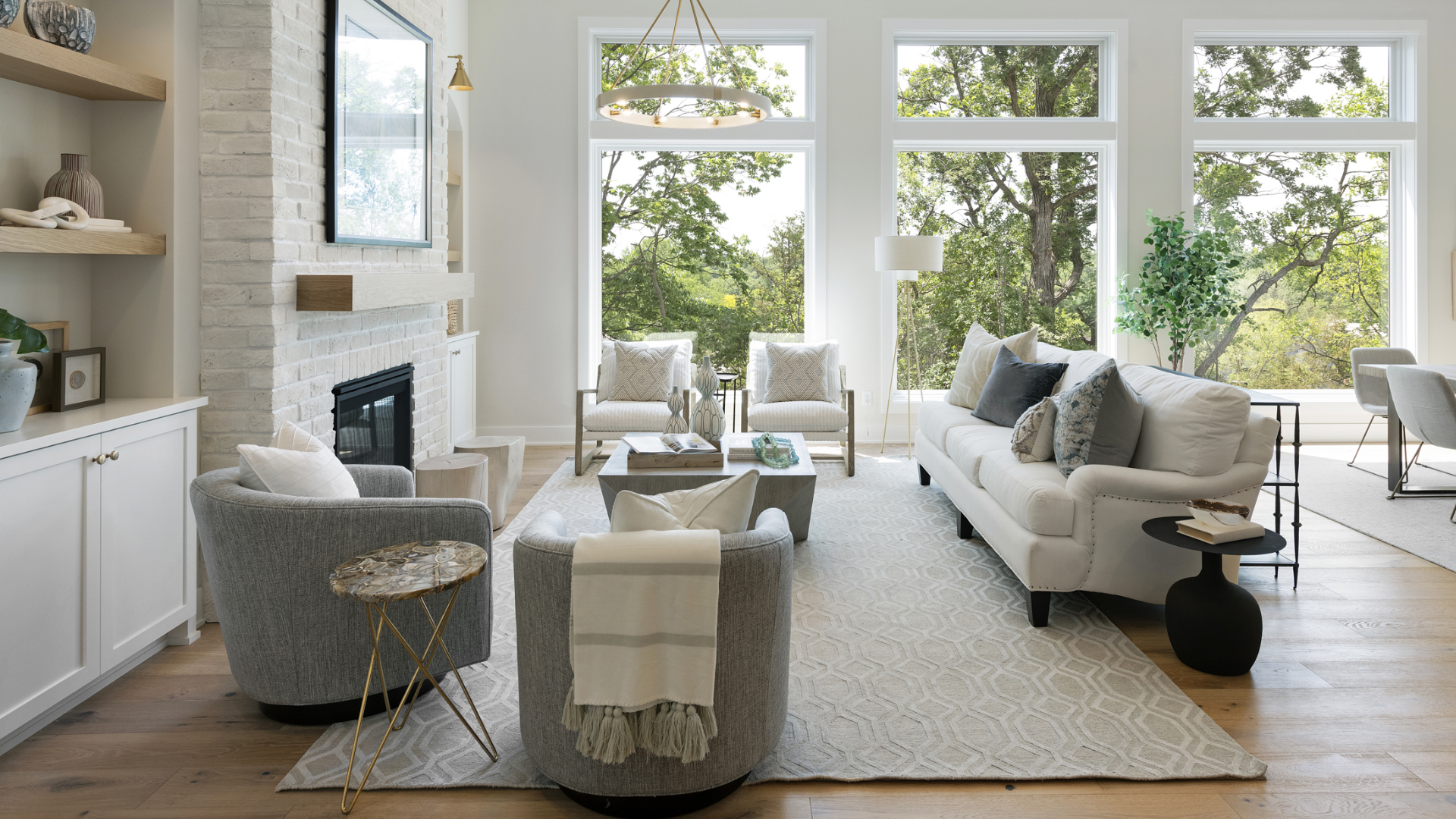As the population ages, the demand for homes that are designed for aging in place is growing. Aging in place means living safely and comfortably in your own home as you get older. This can be a challenge, as many homes are not designed with the needs of aging adults in mind.
What is aging in place design?
Aging in place design is the practice of creating homes that are safe, accessible, and comfortable for people of all ages, including those with mobility limitations. This means incorporating features such as:
- Wider doorways and hallways
- Level entryways
- Grab bars in bathrooms and showers
- Lower countertops and cabinets
- Good lighting
- Slip-resistant flooring
Benefits of aging in place design.
There are many benefits to designing homes for aging in place. These benefits include:
- Improved safety and independence
- Reduced risk of falls and injuries
- Increased quality of life
- Reduced need for assisted living or nursing home care
Tips for designing an aging-in-place home.
If you are considering designing or remodeling a home for aging in place, here are a few tips:
- Start by thinking about your needs and the needs of your family. What are your current and future needs?
- Consider your budget. Aging in place design can be expensive, but there are many affordable options available.
- Do your research. There are many resources available to help you design an aging-in-place home.
- Hire the right new home construction company.. A qualified architect or home builder can help you design and build a home that meets your needs.
Designing homes for aging in place is an important trend that is here to stay. By incorporating a few simple features, you can create a home that is safe, comfortable, and enjoyable for people of all ages.
Additional resources:
- AARP Home for Life: https://www.aarp.org/livable-communities/
- National Center for Universal Design: https://design.ncsu.edu/research/center-for-universal-design/
- Universal Design Living Laboratory: https://www.udll.com/
Aging in place design is not just for older adults. It is also beneficial for people with disabilities and people who want to live in a more sustainable way. By designing homes that are accessible and adaptable, we can create communities that are inclusive and welcoming to everyone.
